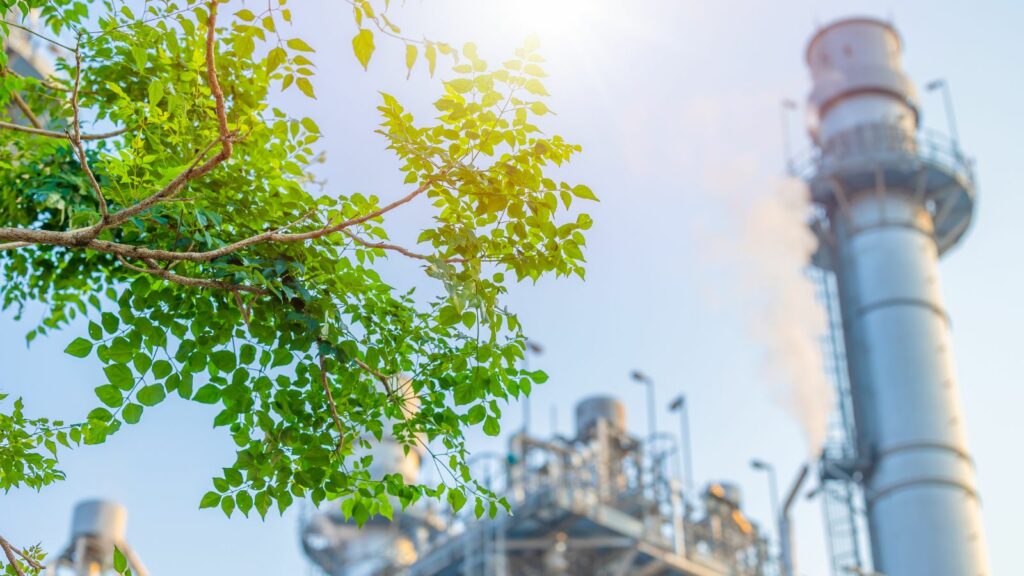In a world increasingly aware of climate change, the shift toward low carbon resources is gaining momentum. These resources, pivotal in reducing greenhouse gas emissions, are not just an environmental imperative but also an economic opportunity. As industries and governments aim to meet ambitious sustainability targets, understanding and investing in low carbon technologies becomes crucial.
Low Carbon Resources

Low carbon resources play a crucial role in minimizing greenhouse gas emissions by providing alternative energy solutions. These resources include renewable energies like solar, wind, and hydropower, as well as nuclear power, which offer sustainable options to fossil fuels. By shifting focus to these sources, communities can address climate change impacts effectively.
Solar power harnesses sunlight to generate electricity, reducing carbon dependence. Wind energy converts natural wind into power through turbines, offering a clean energy solution. Hydropower utilizes water flow to create electricity, making it a renewable and widely used resource.
Nuclear energy, though controversial, offers a low-carbon alternative with high power output. By providing stable energy supply without direct greenhouse emissions, it’s part of the low-carbon strategy.
The transition to low carbon resources demands innovation in energy policies and infrastructure, supporting economic growth while aiming for sustainability. This shift impacts global climate strategies, encouraging governments and industries to adopt cleaner alternatives.
Types Of Low Carbon Resources
Various resources help reduce carbon emissions, contributing to a more sustainable environment. These solutions align with global efforts to tackle climate change.
Renewable Energy Sources
Renewable energy sources play a vital role in lowering emissions. Solar panels convert sunlight into electricity, wind turbines harness wind power, and hydropower stations capture energy from flowing water. Each source provides clean energy, replacing conventional fossil fuel-based methods. According to the International Energy Agency, renewables are expected to account for nearly 30% of global electricity generation by 2023.
Energy Efficiency Technologies

Energy efficiency technologies optimize the use of energy, reducing overall consumption and emissions. Smart appliances manage energy use effectively while advanced insulation materials reduce energy loss in homes and buildings. LED lighting consumes less electricity than traditional bulbs, and high-efficiency HVAC systems maintain comfort with less energy. These technologies reduce energy demand, thus lowering the associated carbon footprint.
Carbon Capture And Storage
Carbon capture and storage (CCS) capture CO2 emissions from industrial processes and store them underground. This technology prevents carbon dioxide from entering the atmosphere, thus mitigating climate impact. According to the Global CCS Institute, there are 27 commercial CCS facilities globally, contributing significantly to capturing millions of metric tons of CO2 each year. These facilities showcase the potential of CCS in supporting global emissions reduction goals.
Benefits Of Low Carbon Resources
Low carbon resources play a crucial role in mitigating climate change by reducing greenhouse gas emissions. They offer significant environmental and economic benefits, fostering sustainability and progress.
Environmental Impacts

Low carbon resources significantly reduce air pollution and global warming. Renewable energies like solar and wind release minimal emissions during operation. Hydropower and nuclear energy further decrease dependence on fossil fuels, which minimizes carbon footprint. By utilizing these resources, biodiversity protection is enhanced as ecosystems become less exposed to harmful pollutants associated with conventional energy extraction and consumption.
Economic Advantages
Adopting low carbon resources fosters economic growth by creating jobs in renewable energy sectors. Solar and wind industries alone employ millions globally. Energy efficiency measures, such as smart grid technologies, reduce operational costs, making businesses more competitive. Transitioning to renewables stimulates technological innovation, encouraging investments in clean technology. Countries shifting to low carbon initiatives often see reduced healthcare costs, linked to lower pollution levels and improved public health, providing long-term economic savings.
Sustainable Energy
Low carbon resources are set to redefine the global energy landscape as they become central to addressing climate change. Their ability to significantly cut down greenhouse gas emissions while offering economic growth opportunities makes them indispensable. Despite challenges like high initial costs and technological limitations, strategic investments and policy reforms can pave the way for their widespread adoption. As technology advances and markets mature, the integration of low carbon resources will likely accelerate, supported by global cooperation and public awareness.

